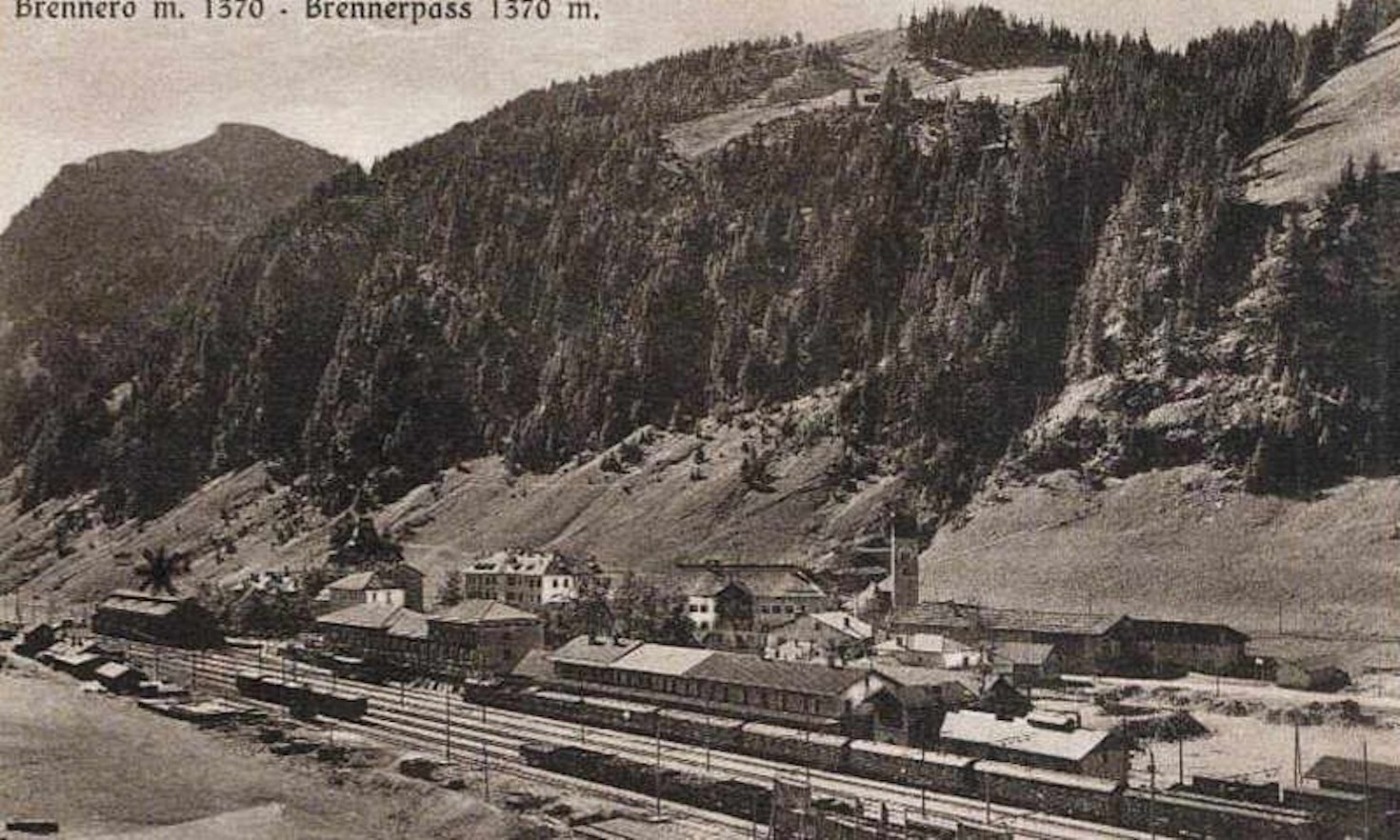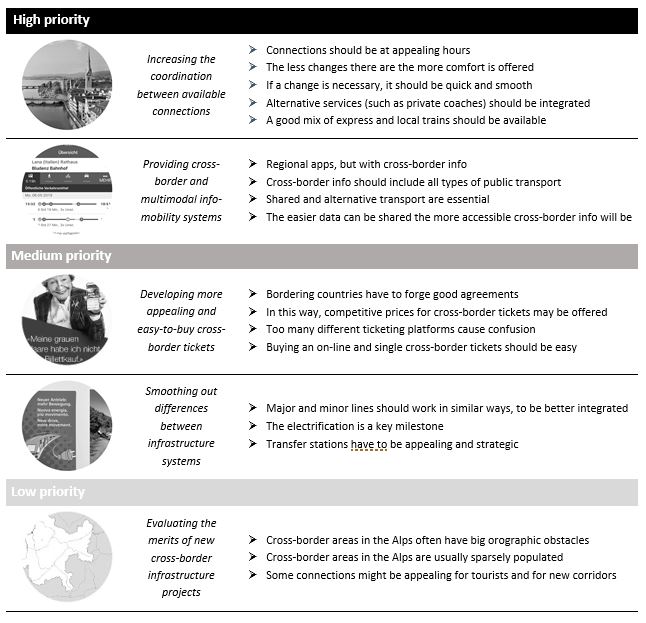The black list of public transport cross-border challenges

Working in one country and living in another is a particular way of life, but not so anymore. The economic attractiveness of some destinations and the growing openness of frontiers encourage this practice, as European statistics confirm: in 2000 there were ca 500,000 cross-border commuters, in 2006 they grew up to 800,000 and now they are about 1.8 million (Eurostat, 2016). Numbers have almost quadrupled in 20 years!
Cross-border public transport in South Tyrol
South Tyrol plays an interesting role in this phenomenon: its number of cross-border commuters is not particularly remarkable, but the effort of the Province to provide competitive transboundary public transport is impressive. The results of such efforts are promising: ca 25% of transboundary commuters use public transport, while in several regions the average is below 10% (Connect2CE, 2018). To achieve this figure, the Province has addressed different aspects concerning connectivity (e.g. the introduction of several connections with Innsbruck and Lienz), tariffs/ticketing (e.g. the inclusion of the principal foreign destinations in the Alto Adige pass) and info-mobility (e.g. the inclusion of Tyrolean rail data on the regional webpage and app). Nevertheless, various challenges still need to be addressed, since cross-border transport still remains quite weak in comparison to regional transport.
The black list of public transport cross-border challenges
To understand these specific challenges, the Institute for Regional Development of Eurac Reserach has organized a Stakeholder Workshop within the EU project Connect2CE (Interreg Central Europe, 2018). Thanks to this event, invited delegates from South Tyrol, Tyrol and from the Euregio have built up a “black list” outlining the main priorities for the development of a more appealing transboundary public transport supply.

Based on these priorities, it is clear that cross-border public transport could be improved by pursuing greater synergy between the elements currently available. Indeed, if the large infrastructural investment projects are expected to make high-speed corridors more competitive (e.g. the Brenner Base Tunnel), the right amount of minor interventions could address regional needs by achieving a greater euro-regional integration.
Authors: Alberto Dianin and Federico Cavallaro
Citation
This content is licensed under a Creative Commons Attribution 4.0 International license except for third-party materials or where otherwise noted.

Raumbeobachtung in den Alpen und Europa – Instrument für die europäische Kohäsionspolitik
 Thomas Philipp Streifeneder
Thomas Philipp Streifeneder
Connettività ecologica: convivenza vittoriosa tra uomo e fauna selvatica
 Filippo Favilli
Filippo Favilli
Landwirtschaft und Tourismus – Synergien und innovative Potentiale wirkungsvoller nutzen
 Thomas Philipp Streifeneder
Thomas Philipp Streifeneder
